India’s Book Fairs Are Growing, But Are Readers Losing Out?
Explore the evolving Indian book fair scene, from Kolkata to Guwahati, and how pricing, secondhand booksellers, and Amazon impact sales and readership.on Feb 14, 2025

The Kolkata Book Fair 2025 did not have secondhand booksellers. Whether due to a fanciful organizational exclusion or a careful commercial one, it resulted in a decline in the quantum of books sold.
This year is Assam's 'Year of Reading'. This announcement of intent followed the Guwahati Book Fair in January which tallied up ₹7 crore in sales. A nice slogan that doesn't take into account the fact that each year in India for almost two decades has been a 'year of reading', with a burgeoning readership across language groups.
But Assam itself does not have a publishing industry that is creditable. The book fair had 15 Kolkata publishers, 16 New Delhi publishers, and one Gurugram publisher—which is to say that the publishing industry has its origins elsewhere, primarily in the metros. India's publishing ecosystem is cartelised.
This is not to disparage Assam: it had a humble 118 stalls and a turnout of 5.5 lakh. This year, the Kolkata Book Fair - the oldest in India and the second-largest in the world—had estimated sales of ₹27 crore from 1,057 stalls and a footfall of 29 lakh. The sales numbers from the intricately organised World Book Fair in New Delhi, which had 20 lakh visitors in more than 2,000 stalls, are not yet out, but as always, they are probably somewhat lower than frenetic Kolkata’s.
These are super book fairs, and it is not really fair to equate them with those in smaller towns. Nevertheless, outlandish claims are made, e.g., Pune Book Festival saying 10 lakh visitors purchased 25 lakh books worth ₹40 crore. While others are attempting to commercialize themselves by going the boxable way. The display in Jorhat, Guwahati and Sambalpur is on randomised books retailed in cardboard crates of random sizes.
This forms a commercial range, from traditional to overblown to unorthodox in doubtful ways. On books, it is supposed to be all about themes, storyline, consistency, and readability for bibliophiles. Yet today's publishing industry is a consumerist-capitalist meta-business—and fiction book sales are ruled by books with glossy, gilted covers - and any book fest must establish itself on brawny marketing.
Time was, not so long ago, when book fairs operated on markdowns - not the 10 percent that all publishers dispense as patronizing blessing these days, but 70 percent of the cover price, depending on the thematic worth of the book, its availability or scarcity, its age, and its condition. Secondhand vendors purchased books from space-limited publishers and distributors by weight or volume - their covers, until a few decades back, defaced or excised to conceal their origin - and retailed them separately for a profit that all cumulatively added up to being much less burdensome on the pockets than new books.
For book enthusiasts with tight purses - likely 90 percent of them - these secondhand vendors at book fairs were a godsend. Books have never been easy on savings, though few readers would count them as discretionary spending. Though they didn't affect the existence of legacy publishers, secondhand booksellers were a staple of book fairs. Publishers used to be simply that: they edited and printed material that independent marketing set-ups then sold. At book fairs, publishers would sell their books directly to readers, heavily discounted by eliminating the distributor's hefty margin.
But that ceased once publishers also started distributing, not just their own books but other niche or boutique publishers and foreign publisher titles. But when publishers turned distributors—or distributors turned publishers, as Jaico, founded as a distributor in 1946 and becoming "India's first publisher of paperback books in the English language" in 1955 - basically stopped their enticing-discount regime. There were 9,037 publishers in India in 2019, according to India's Association of Publishers. The vast majority of them are small-time, relying on others for distribution. The large publishers, though, distribute themselves, and none of them stands to gain from giving more than the standard 10 percent discount at book fairs.
This is the reason why you can spot book-purchasers with mobiles ready at hand with the Amazon application open. Everywhere at all the publishers' booths, they compare prices with Amazon - and, in almost every single case, Amazon trumps the publishers' rates by as much as 30 percent. The book enthusiasts scan the books in the kitab melas and place orders from Amazon. Why would they not? India is (and still is) a price-sensitive market for books, where spontaneous buys still rely on discounts on MRP.
The Kolkata Book Fair 2025 did not have secondhand booksellers. Whether organisational caprice or commercial calculation, it resulted in a decrease in the quantum - if not always the value - of books sold. The Delhi Book Fair saw its fair share of seconds, but they were given unattractive placements and most browsers were nudged by strategic signs to the high-priced legacy publishers' stalls.
Indian legacy publishing is at a juncture. It can either shed its horrendously high book prices or experience the inevitable armageddon. While, says Milind Sudhakar Marathe, chairman of the National Book Trust, "the publication market is growing at an 18 percent rate", the statistic is unchecked. It may be less, and nobody will ever know, because, as business journalist Debashish Mukherji noted in 'Indian Publishing: An Area of Darkness', "seek the basis or source of these figures and it quickly emerges they are all conjectures".

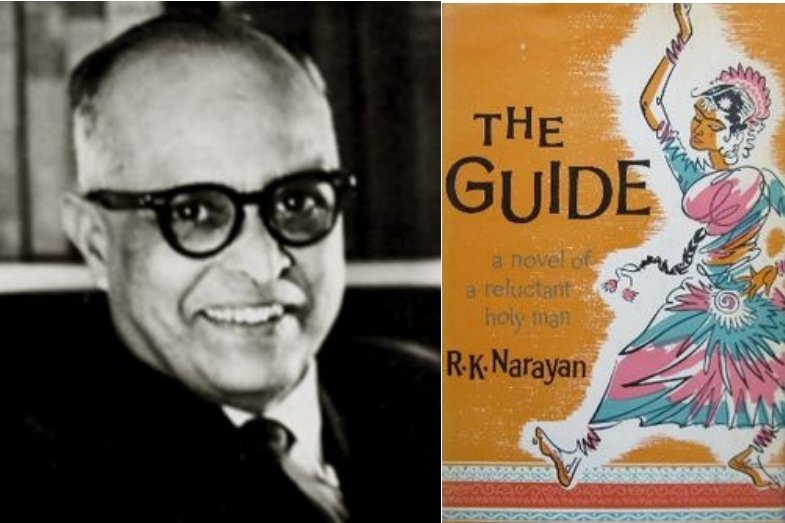

.jpg)


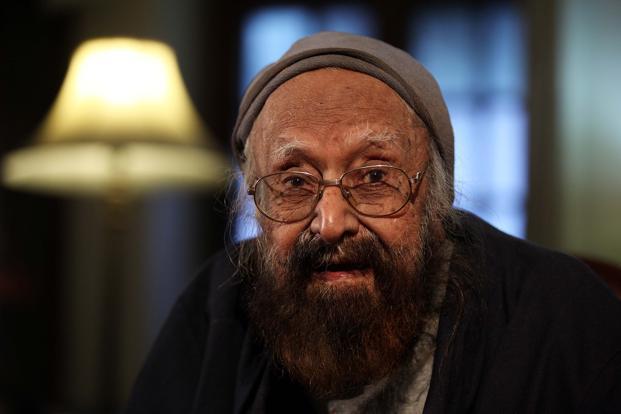

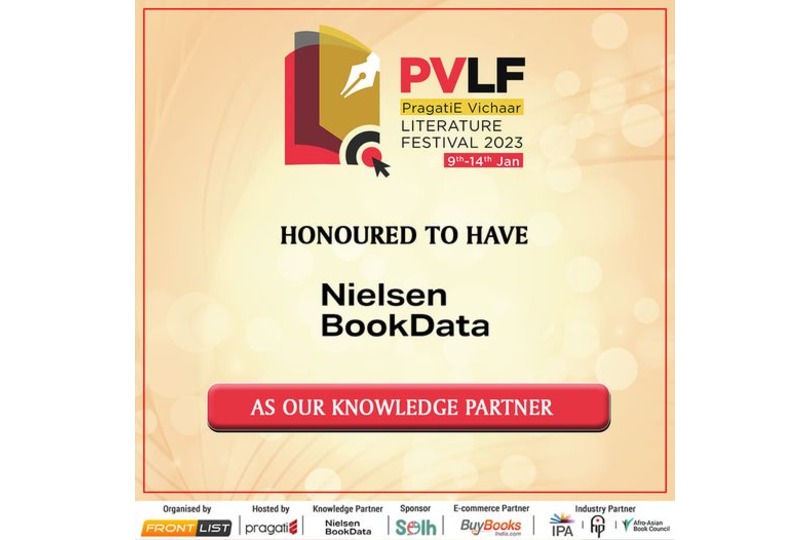
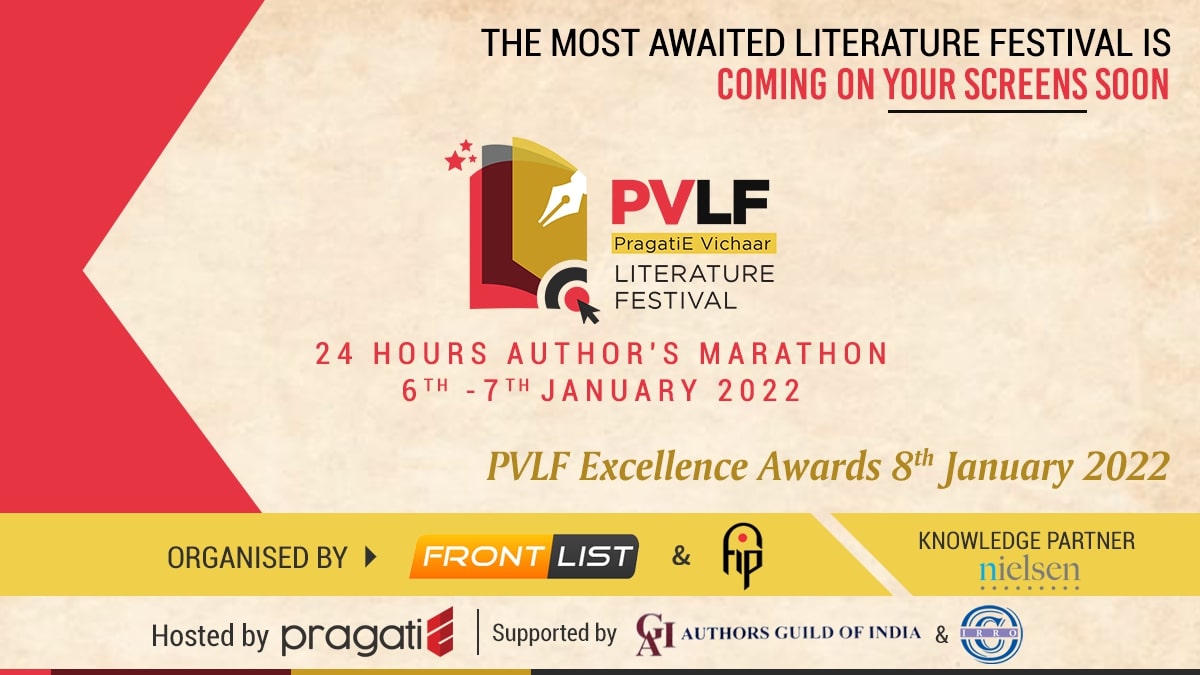
.jpg)

.jpg)
.jpg)
.jpg)
.jpg)
.jpg)

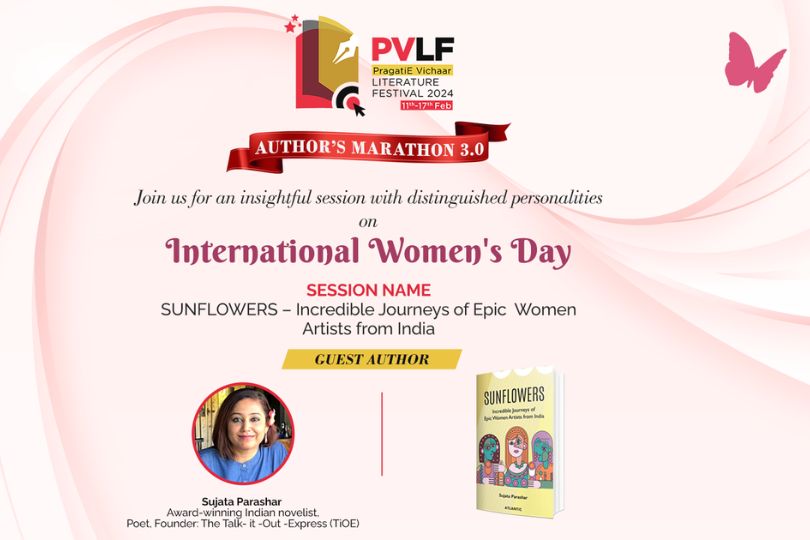


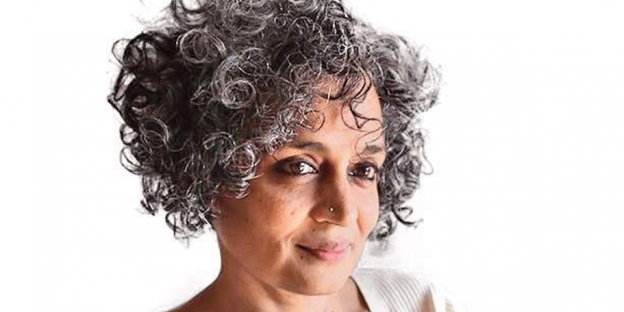


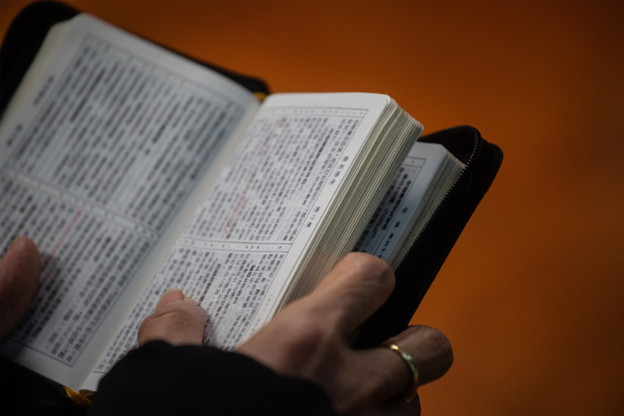


Sorry! No comment found for this post.